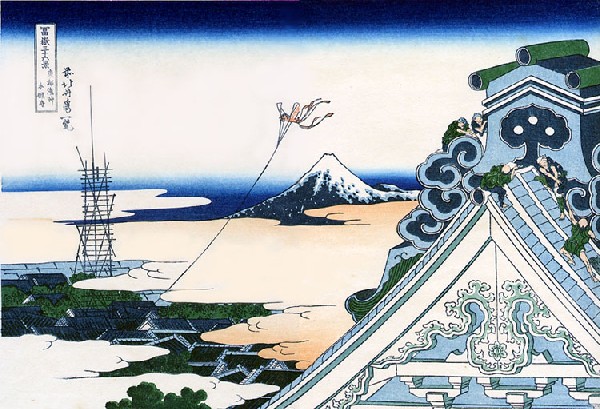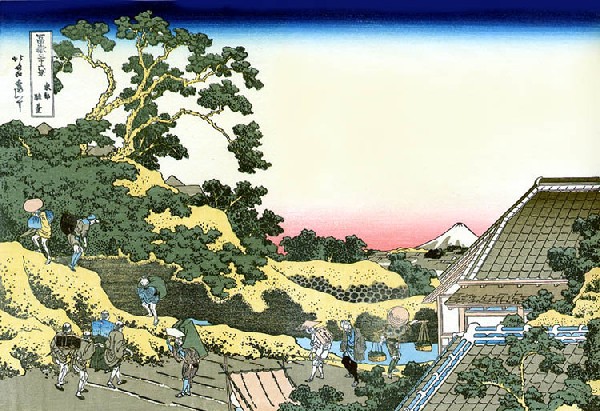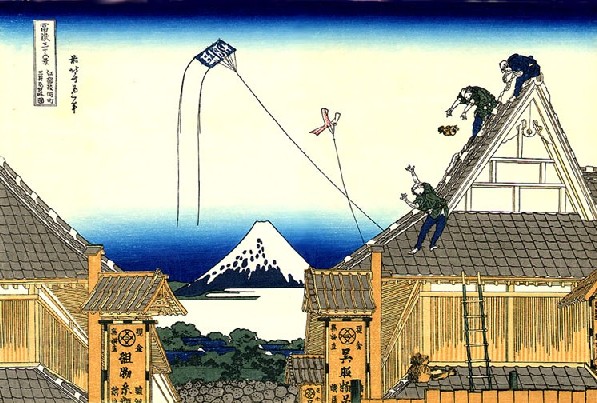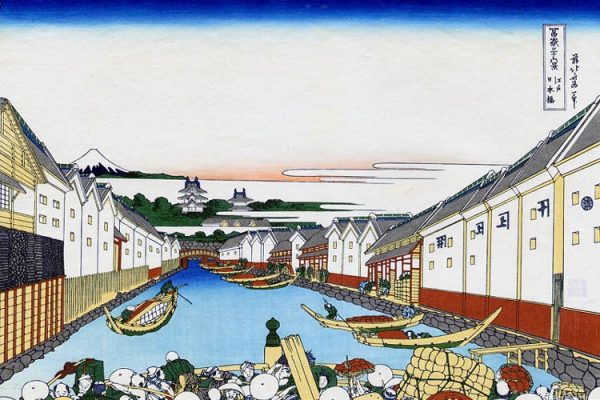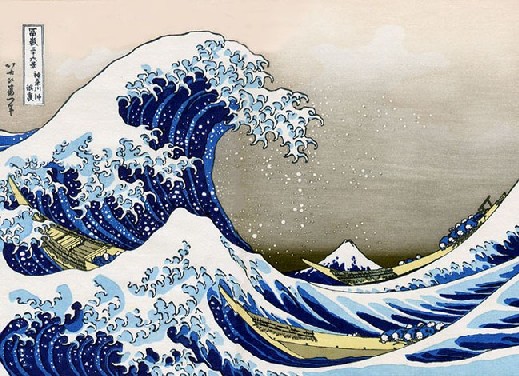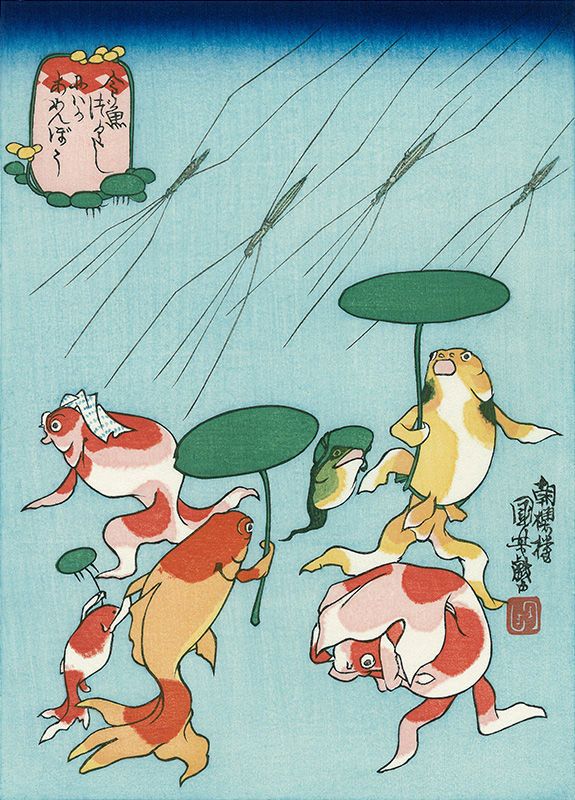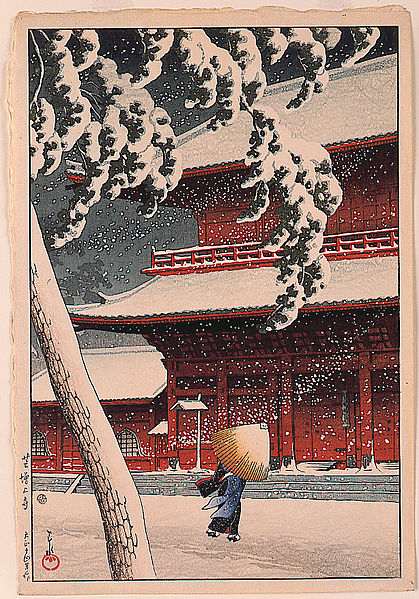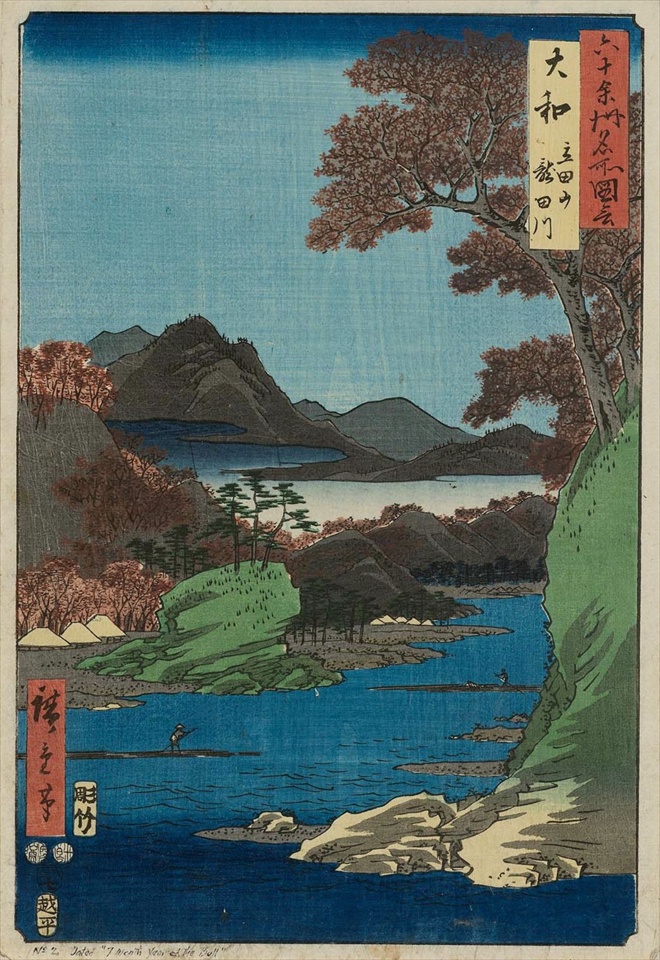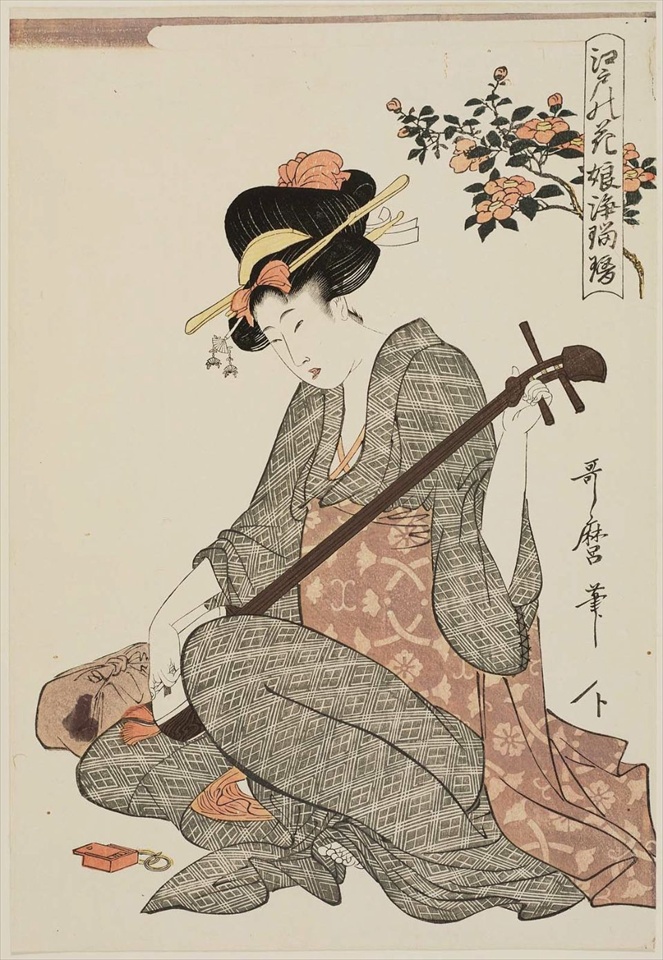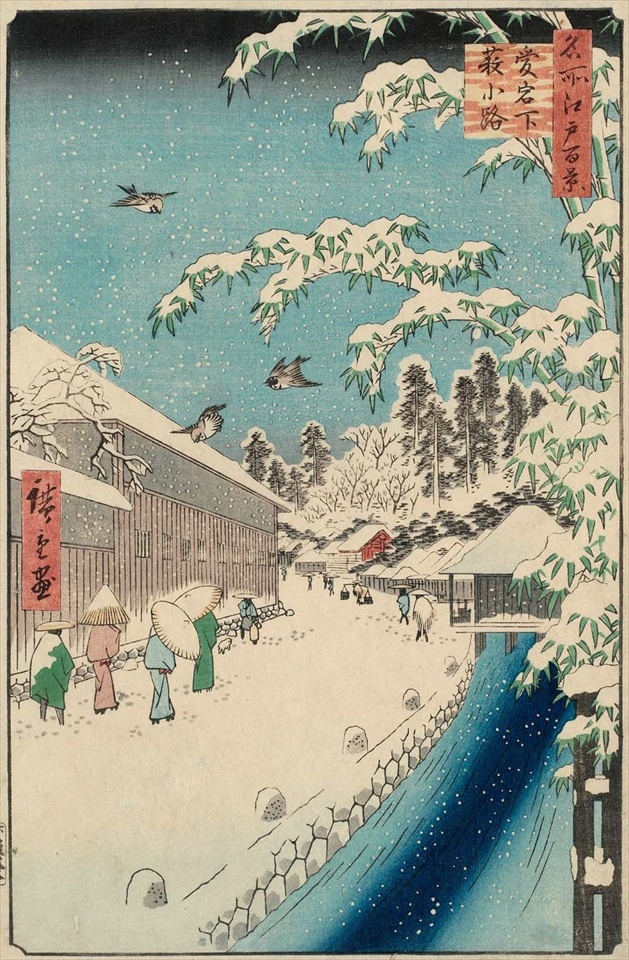‘Asakusa Hongan-ji Temple in the Eastern Capital’ by Katsushika Hokusai
4.Asakusa Hongan-ji Temple in the Eastern Capital The architecture of Hongan-ji temple closes in on this side and the Kawara workmen repair the roof on it. The big roof was so popular in Edo City. The high point of view is really outstanding for this ukiyo-e woodblock printing. Even the clouds float lower than the roof. […]
‘Asakusa Hongan-ji Temple in the Eastern Capital’ by Katsushika Hokusai Read More »

